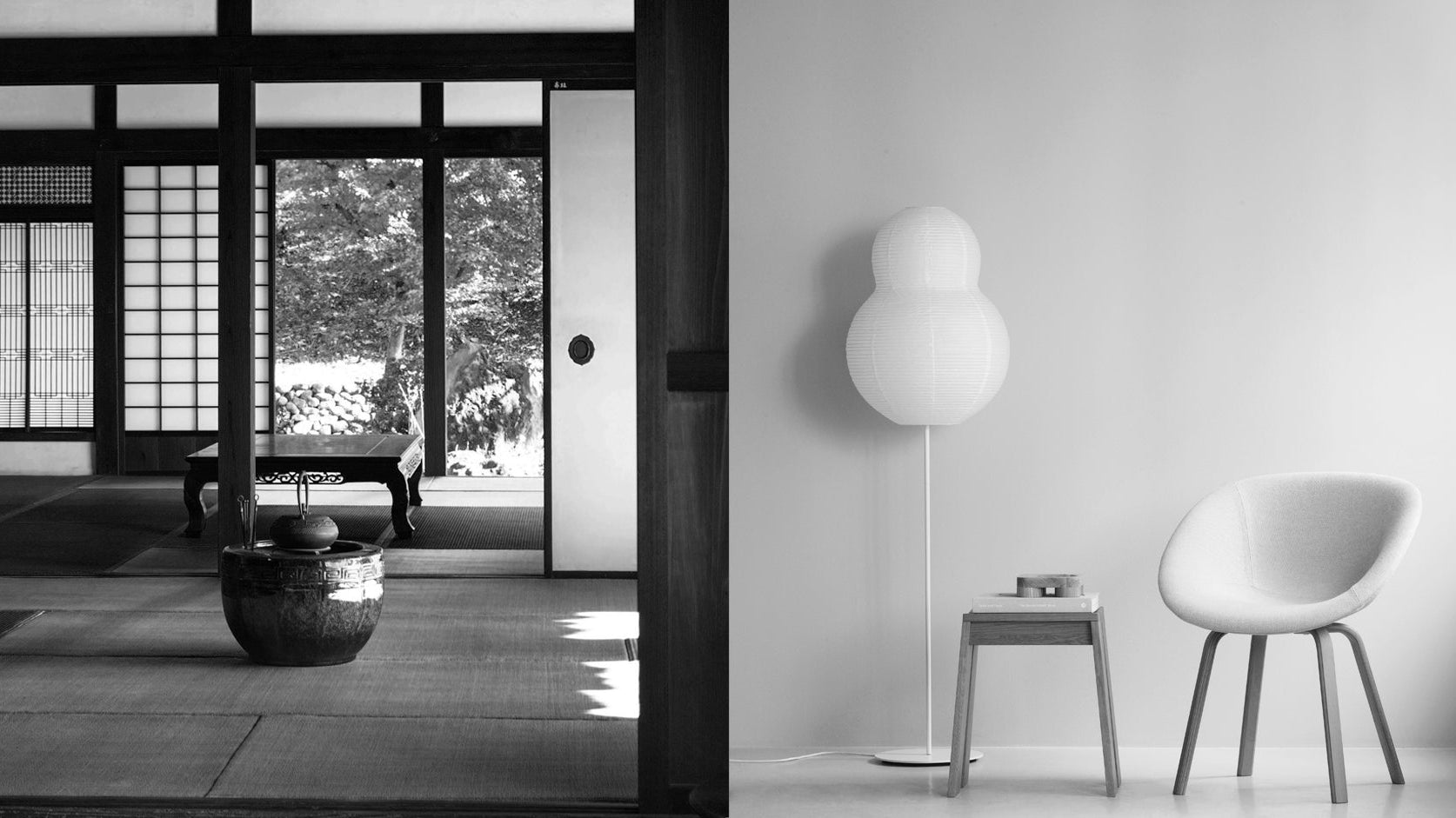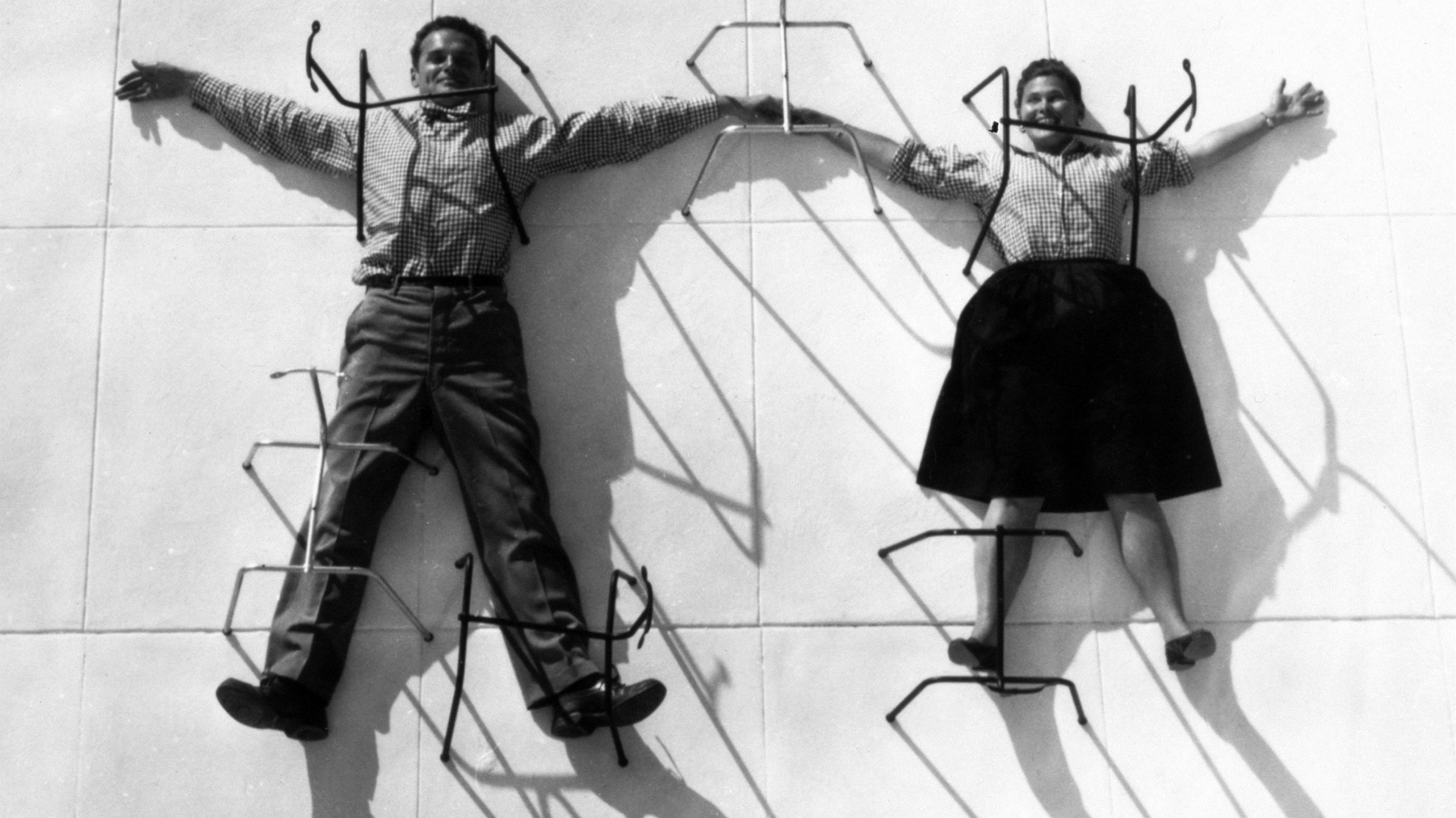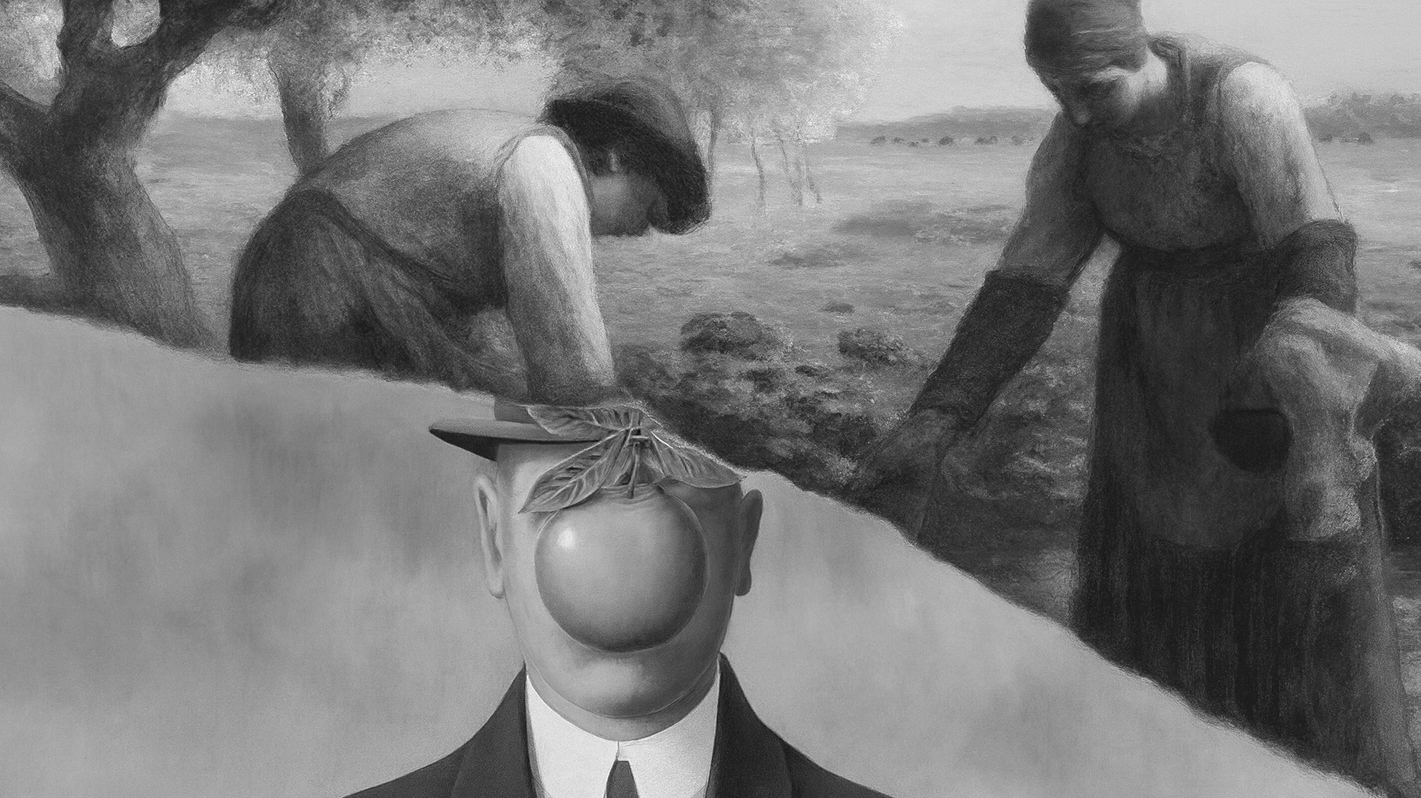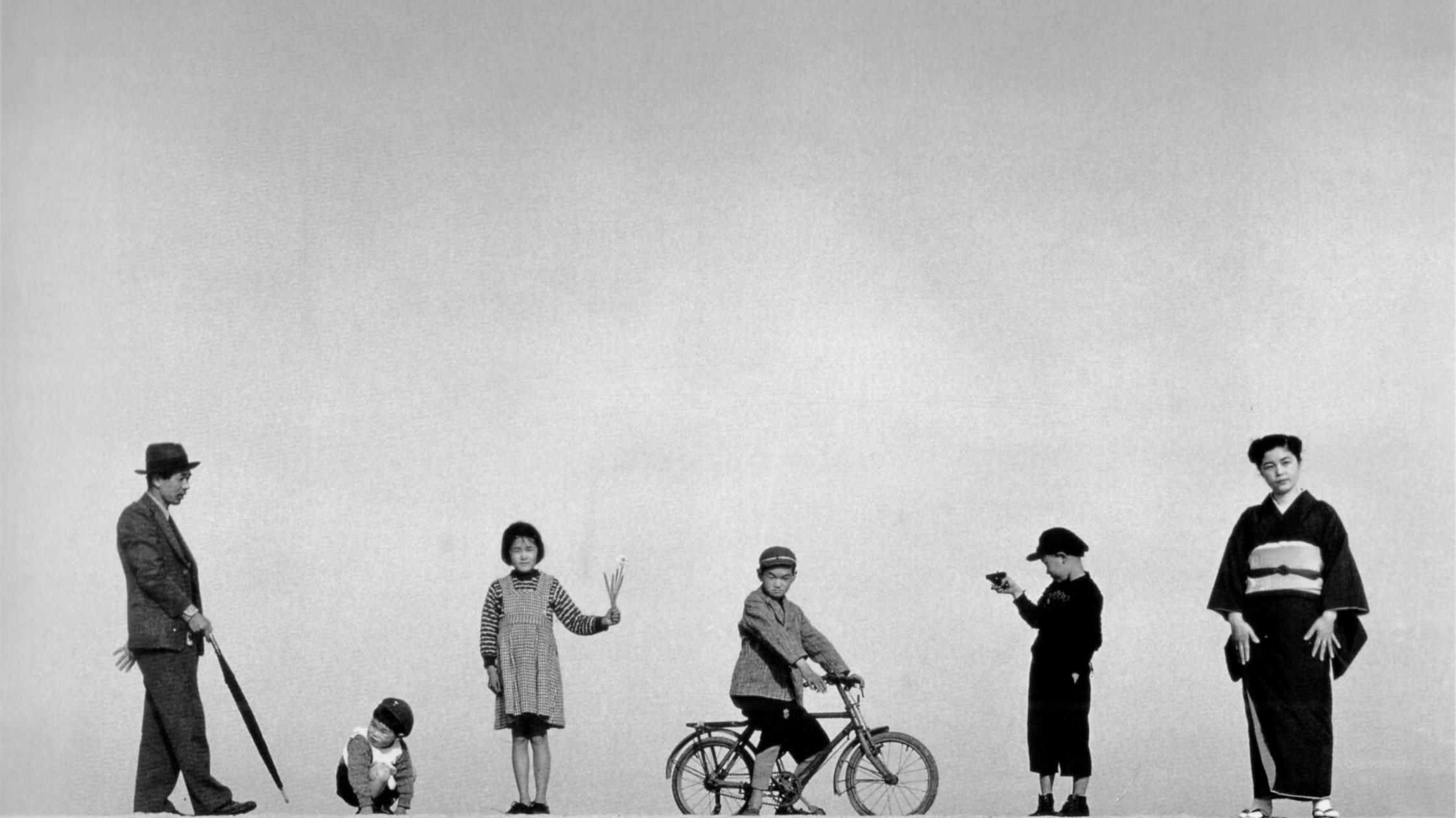Impressionism and Post-Impressionism are two of the most influential art movements in history, both emerging in late 19th-century France. While they share a common origin, their artistic goals and techniques took distinct paths.
Impressionism, led by artists like Claude Monet and Pierre-Auguste Renoir, sought to capture fleeting moments of light and atmosphere, creating paintings with loose brushwork and vibrant colors. In contrast, Post-Impressionism, championed by Vincent van Gogh and Paul Cézanne, moved beyond visual impression to embrace bold colors, structured compositions, and symbolic expression.
These two movements not only redefined painting but also paved the way for Modern Art, influencing styles such as Fauvism and Cubism. So, how did Impressionism evolve into Post-Impressionism, and what makes them unique? In this article, let's explore their origins and key differences.
The Rise of Impressionism
In the late 19th century, France was undergoing rapid transformation. The Industrial Revolution reshaped cities, and Paris emerged as the cultural hub of Europe. Its modern streets, bustling cafés, and lively theaters became a source of inspiration for a new generation of artists.
At the time, Realism dominated the art world. Artists focused on precise, detailed depictions of everyday life. But a group of young painters sought to break away from the rigid rules of academic art. Instead of historical or allegorical subjects, they aimed to capture fleeting moments—how sunlight shimmers on water or how a city glows at dusk. This revolutionary approach marked the birth of Impressionism.

Claude Monet, The Gare Saint-Lazare: Arrival of a Train, 1877.
Even within this movement, artists had diverse styles, but they shared a common goal: to depict modern life and the transient effects of light and color with immediacy. This might seem ordinary today, but in the 19th century, it was radical. Traditional art emphasized grand historical narratives and highly polished finishes. The Impressionists defied expectations, prioritizing personal perception, light, and atmosphere over strict realism.
Two key innovations fueled this artistic revolution:
1. The invention of portable paint tubes enabled artists to leave their studios and paint outdoors—known as en plein air—allowing them to observe natural light and changing conditions firsthand.
2. New pigments and advances in color theory introduced brighter, more vibrant hues. Unlike traditional painters, Impressionists used color to depict shadows and highlights, avoiding flat neutral tones like gray, white, and black.
Their loose, expressive brushstrokes created the illusion of spontaneity and effortlessness, though their compositions were often carefully planned. This fresh, dynamic style brought their paintings to life. While conservative critics dismissed their works as unfinished and sketch-like, progressive voices recognized them as a revolutionary portrayal of contemporary life—a movement that would pave the way for Modern Art.
The Birth of Post-Impressionism
By the late 1880s, while Impressionism had transformed the art world with its focus on light, color, and fleeting moments, some artists felt limited by its emphasis on pure observation. A new generation of painters sought to break free from Impressionism’s naturalism and develop their own expressive and symbolic styles. Rather than merely capturing optical impressions, they aimed to convey deeper emotions and explore symbolic themes. This artistic shift led to the emergence of Post-Impressionism, a movement that flourished between 1886 and 1905.
Unlike Impressionists, Post-Impressionist artists moved beyond the study of light and atmosphere, instead embracing simplified colors, bold forms, and imaginative compositions to express personal and emotional ideas. Their works introduced a renewed focus on symbolism, structure, and even the early foundations of abstraction.

Vincent van Gogh, The Bedroom, 1888.
Among the leading figures of Post-Impressionism, Vincent van Gogh and Paul Cézanne played pivotal roles. Van Gogh used bold, vibrant colors and expressive, swirling brushstrokes to infuse his paintings with raw emotion and energy. His works, such as The Starry Night, captured the intensity of human emotion through color and movement. In contrast, Cézanne experimented with geometric shapes and carefully structured compositions, emphasizing form and stability over fleeting impressions. His approach laid the groundwork for Cubism and modern abstraction.
The term "Post-Impressionism" reflects less of what these artists had in common and more of what they rejected. No longer content with merely depicting visual reality, they sought to paint with their emotions and intellect as much as with their eyes.
More than just a reaction to Impressionism, Post-Impressionism marked a radical shift in artistic thinking. By prioritizing personal expression and structural innovation, it set the stage for groundbreaking movements like Fauvism and Cubism, shaping the evolution of Modern Art.
Impressionism vs. Post-Impressionism: Purpose and Themes
Impressionism aimed to capture the ephemeral beauty of everyday life, emphasizing light, movement, and modern urban scenes. Artists like Auguste Renoir painted lively social gatherings and leisure activities, celebrating the warmth and vibrancy of modern Paris. In Dance at Le Moulin de la Galette, Renoir masterfully depicts dappled light fluttering over young revelers as they flirt, drink, and dance in Montmartre.
The goal of Impressionism was not to create polished, highly detailed works but rather to convey the experience of a fleeting moment—as if seen in a single glance.
Scenes of bustling streets, cafés, theaters, and outdoor leisure became central themes for many Impressionists. They often painted ordinary people engaged in daily life, emphasizing simplicity, immediacy, and spontaneity.
For instance, Gustave Caillebotte’s Paris Street; Rainy Day captures a sweeping view of modern Paris, depicting fashionable city dwellers strolling through a rain-soaked intersection. This painting perfectly embodies Impressionism’s focus on fleeting moments, using light, shadow, and atmospheric effects to create a sense of realism and movement.
Post-Impressionism, on the other hand, took a different approach. While Impressionism focused on observation and capturing the external world, Post-Impressionist artists sought to explore emotions, symbolic meanings, and the artist’s inner world.
Paul Gauguin, for instance, moved away from direct observation into the realm of imagination and symbolism. His work often featured expressive colors, simplified forms, and flat planes. In The Moon and the Earth, Gauguin interprets an ancient Polynesian myth, crafting an idealized vision rather than a literal representation of reality. Like many of his Tahiti-inspired works, this painting conveys a deeply personal, symbolic narrative rather than a naturalistic scene.
Post-Impressionist artists placed a stronger emphasis on symbolism, structure, and formal order. They believed that color could stand independently from form and composition—not just as a way to replicate nature, but as a powerful tool to evoke emotions and deeper meanings.
This approach marked a significant break from naturalism, paving the way for more introspective, symbolic, and abstract styles, ultimately influencing modern movements like Fauvism, Expressionism, and Cubism.
Impressionism vs. Post-Impressionism: The Use of Color
Another fundamental distinction between Impressionism and Post-Impressionism lies in their use of color.
Impressionists focused on capturing natural light and color as they observed it. They often painted outdoors (en plein air), meticulously studying their surroundings to depict subtle changes in light, shadow, and atmosphere. Shadows were rarely painted in black or gray—instead, they reflected the colors of the environment, infusing their works with vibrancy and movement.
For Impressionists, color was about depicting reality as the eye perceives it. They pioneered new palettes and embraced innovative pigments, expanding the possibilities of color in painting. Their works conveyed a sense of freshness and immediacy, mimicking the way light and motion influence perception.
Post-Impressionists, however, took a more expressive and symbolic approach to color. They believed that color was not just a tool for recording reality but a means of conveying mood, emotion, and deeper meaning. Instead of painting exactly what they saw, they used color to express what they felt.
For instance, Vincent van Gogh’s Starry Night showcases exaggerated swirling blues and radiant yellows, creating a dreamlike, emotional atmosphere. The colors are not realistic, but they evoke a sense of wonder, turbulence, and spirituality, illustrating Van Gogh’s personal struggles and inner emotions.
Continue Reading Articles About Art:
• 8 Major Modern Art Movements You Need to Know
• Contemporary Art Meaning: Why It Matters in Today's World?
• Minimalist Art: How Space, Materials, and Simplicity Create Meaning
• Bauhaus Movement: How It Revolutionized Art and Design
About Us
Dans Le Gris is a brand that began with everyday jewelry, with each handmade piece designed and crafted in Taiwan. We deeply value every detail, dedicating ourselves to creating timeless pieces through collaboration with experienced craftsmen.
In our journal, we provide irregular updates featuring articles about art, culture, and design. Our curated content encompasses diverse aspects of life, with the aspiration to offer meaningful insights and inspiration.






